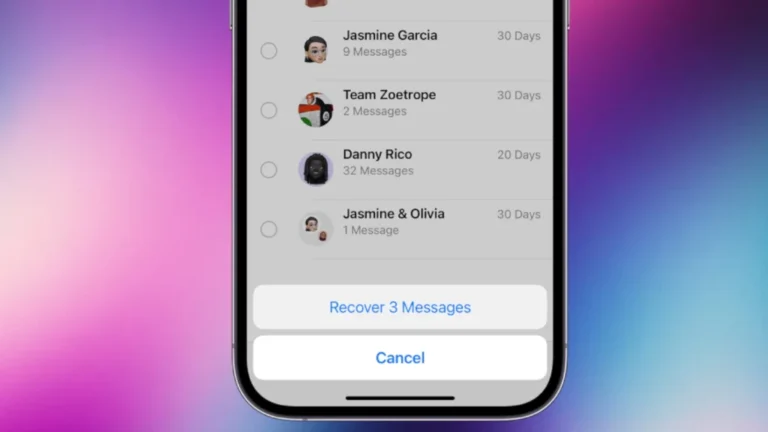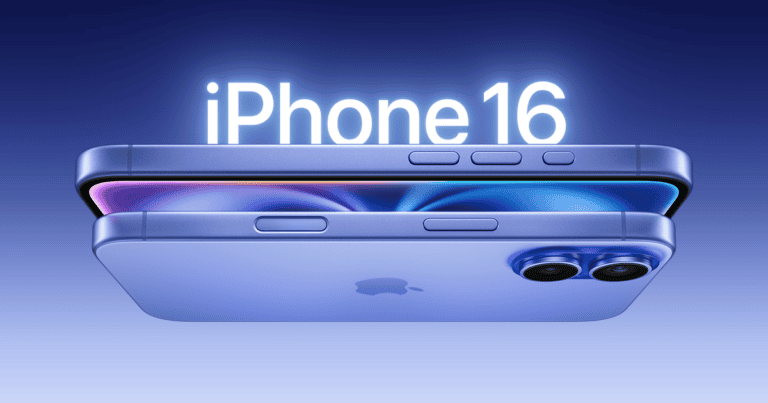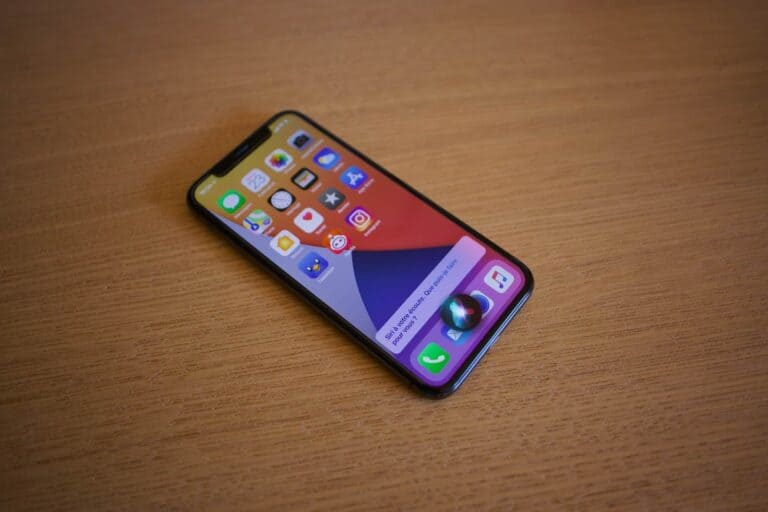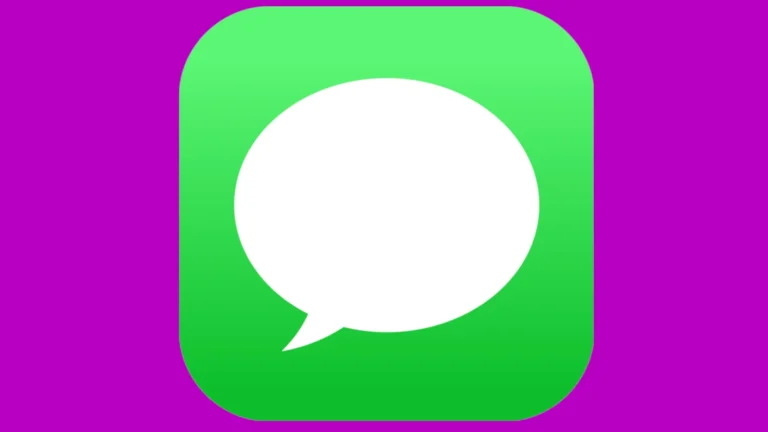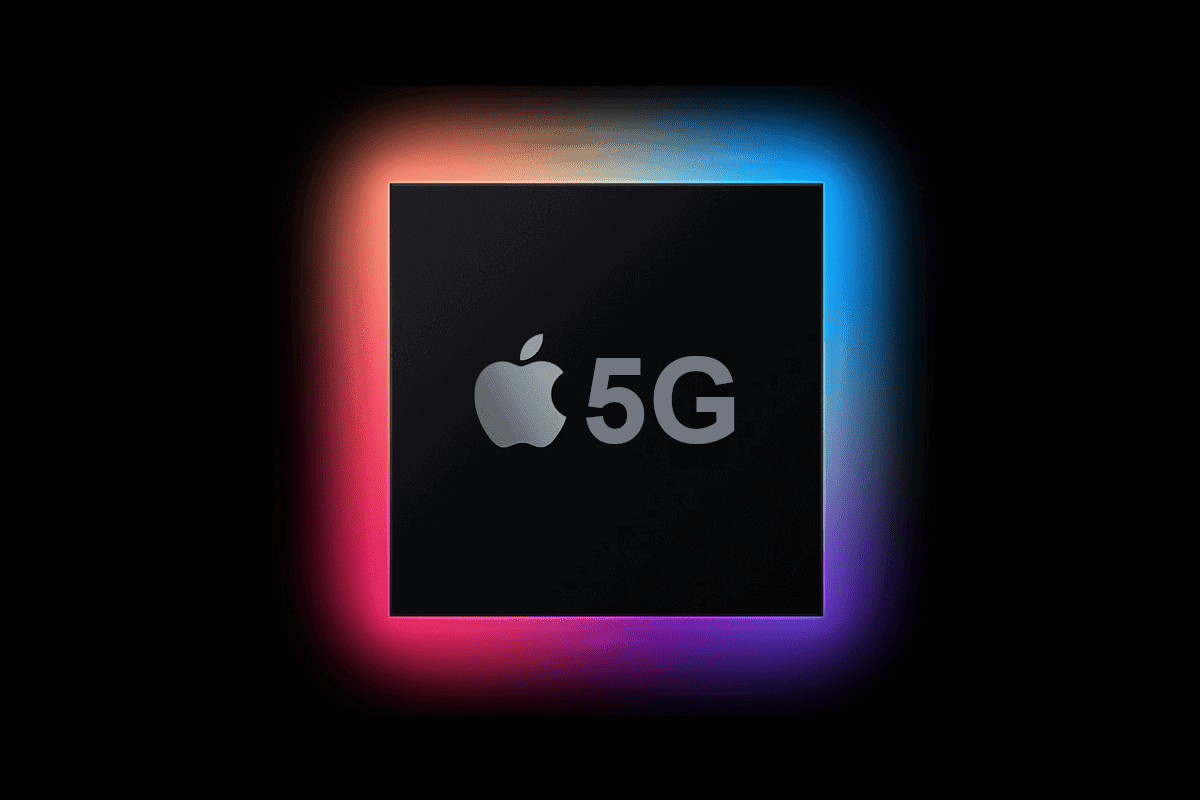
Apple plans to release its own 5G modem for iPhones in 2025. This new chip will replace the Qualcomm modems used in current models. Apple’s in-house 5G modem aims to improve network speeds and battery life for future iPhones.
The first devices to use Apple’s new 5G modem will likely be the fourth-generation iPhone SE and the iPhone 17. These phones are set to come out in 2025. Apple has been working on this project for years to reduce its reliance on outside suppliers.
The move to an Apple-designed 5G modem could lead to better integration with other iPhone parts. This may result in faster data speeds and longer battery life. It also gives Apple more control over its product design and features.
Apple’s 5G Modem: A New Era of Connectivity
Apple has been working on its own 5G modem for iPhones. This is big news! It means that future iPhones may not need to rely on Qualcomm for their modems. Experts predict this change could happen as early as 2025. Apple has been making moves to control more of the technology in its devices. This is just the latest step in that direction.
Why is Apple Making Its Own Modem?
There are a few reasons why Apple wants to make its own 5G modem. First, it would give them more control over the performance of their devices. They could design a modem that works perfectly with other iPhone components. This could lead to better battery life and faster speeds. Second, it could save Apple money in the long run. They would no longer have to pay Qualcomm for their modems.
What Does This Mean for Consumers?
If Apple does switch to its own 5G modem, it could mean a few things for consumers. First, it could lead to better performing iPhones. The modems could be more efficient and faster. Second, it could lead to lower prices for iPhones. If Apple saves money by making its own modems, they may pass those savings on to consumers.
What About Qualcomm?
Qualcomm is a major supplier of modems for smartphones. If Apple stops using Qualcomm’s modems, it could have a big impact on their business. However, Qualcomm is also working on other technologies, such as chips for self-driving cars. They will likely continue to be a major player in the tech industry even if they lose Apple’s business.
Timeline for Apple’s 5G Modem
| Year | Milestone |
|---|---|
| 2023 | Apple continues development and testing of its 5G modem. |
| 2024 | Apple begins limited production of its 5G modem. |
| 2025 | Apple releases its first iPhone with its own 5G modem. |
It’s important to remember that this is just a prediction. Apple has not yet officially announced when its own 5G modem will be ready. However, all signs point to a 2025 release. This is an exciting development in the world of technology. It will be interesting to see how it plays out in the coming years.
Key Takeaways
- Apple plans to release its own 5G modem for iPhones in 2025
- The new modem will debut in the iPhone SE 4 and iPhone 17
- Apple’s 5G chip aims to boost network speeds and battery life
Development of Apple’s In-House 5G Modem
Apple is working on its own 5G modem chip for iPhones. This move aims to reduce reliance on outside suppliers and improve device performance.
Overcoming Reliance on Qualcomm
Apple currently uses Qualcomm modems in its iPhones. The company wants to make its own 5G chips to gain more control over iPhone features. This shift could lead to better battery life and faster data speeds.
Apple bought Intel’s modem business in 2019 to speed up its chip development. The team is now working to create a modem that works well with Apple’s other chips.
Making a 5G modem is hard. Apple needs to match Qualcomm’s performance while adding new features. The company is investing lots of time and money to reach this goal.
Timeline and Expectations for 2025 Launch
Apple plans to use its own 5G modem in iPhones starting in 2025. The first devices to get the new chip may be the iPhone SE and iPhone 17.
The rollout will likely be gradual. Apple might start with a few models and expand to more over time. This careful approach helps ensure the new modems work well before wider use.
If successful, Apple’s modem could appear in more devices by 2026 and 2027. The company aims to improve network efficiency and overall device performance with this change.
Experts think Apple’s modem will combine 5G, Wi-Fi, Bluetooth, and GPS in one chip. This all-in-one design could save space inside iPhones and improve how they work together.
5G Modem Specifications and Advancements
Apple’s new 5G modem aims to boost iPhone connectivity. It will work with other wireless tech and use less power.
Integration with iPhone’s Connectivity Suite
The 5G modem will join forces with Wi-Fi, Bluetooth, and GPS in iPhones. This team-up could make phones faster and smarter. Users might switch between networks without noticing. The modem could also help find locations more quickly.
Apple may put all these parts on one chip. This would save space inside the iPhone. It could also make the phone work better as a whole. The parts would talk to each other faster.
Enhancing Battery Life and Performance
Apple’s 5G modem might use less power than other brands. This could make iPhone batteries last longer. The modem may also have a special low power mode for times when you don’t need fast internet.
The modem will likely work well with Apple’s own chips. This means faster data speeds for users. It may also mean smoother video calls and quicker app downloads.
Apple can tweak the modem to fit iPhones perfectly. This could lead to better signal strength in areas with weak coverage.
Anticipated Impact on Future iPhone Models
Apple’s in-house 5G modem will bring major changes to iPhones starting in 2025. This new tech will affect both high-end and budget models, offering faster speeds and better integration.
Potential Features in iPhone 17 and iPhone SE 4
The iPhone 17 may see big upgrades thanks to Apple’s 5G modem. It could have longer battery life and take up less space inside the phone. This might lead to a thinner design or room for other new features.
The fourth-gen iPhone SE could get 5G support at a lower price point. This would make fast internet more accessible to budget-conscious buyers.
Both phones may have improved signal strength and faster data speeds. Apple’s control over the modem design could allow for better performance in weak signal areas.
Consumer Benefits and Market Competition
Users will likely see better 5G performance on future iPhones. Apple’s modem could offer faster speeds and more reliable connections than current options.
Prices might drop as Apple saves money by not buying modems from other companies. This could make iPhones more competitive in the market.
The move may push other phone makers to improve their 5G tech. This competition could lead to better phones for everyone.
Apple’s in-house modem might also mean faster updates and fixes for any network issues. This could result in a smoother experience for iPhone users.
Frequently Asked Questions
Apple’s in-house 5G modem for iPhones is set to debut in 2025. This new technology promises faster speeds, better power efficiency, and tighter integration with Apple’s hardware and software.
What advancements will Apple’s own 5G modem bring to iPhones in 2025?
The new modem is expected to boost data speeds and improve power efficiency. It may also allow for better integration with Apple’s A-series chips. This could lead to smoother performance and longer battery life for iPhones.
How is Apple’s development of their own 5G modem expected to affect iPhone prices?
Apple’s in-house modem could lower production costs over time. This might help keep iPhone prices stable or even reduce them slightly. However, the initial research and development costs may offset any immediate savings.
What features can consumers expect from the integration of a 5G modem in future iPhones?
Users may see faster download and upload speeds. The new modem could also improve call quality and reduce dropped connections. It might enable new features that require high-speed, low-latency connections.
What are the potential benefits of Apple designing its own 5G modem compared to using third-party suppliers?
Apple can tailor the modem to work best with its devices. This could lead to better performance and power efficiency. It also gives Apple more control over its supply chain and product development timeline.
In terms of connectivity, how will Apple’s 5G modem enhance the user experience on iPhones?
The new modem may provide more stable connections in areas with weak signals. It could also offer faster data speeds in crowded areas. Users might notice quicker loading times for apps and websites that rely on internet connectivity.
Are there any anticipated challenges that Apple may face in the production of its in-house 5G modems for iPhones?
Apple may face technical hurdles in matching the performance of established modem makers. There could also be patent issues to navigate. Scaling up production to meet the demand for millions of iPhones each year might pose challenges as well.

